
views
Getting the Right Gear
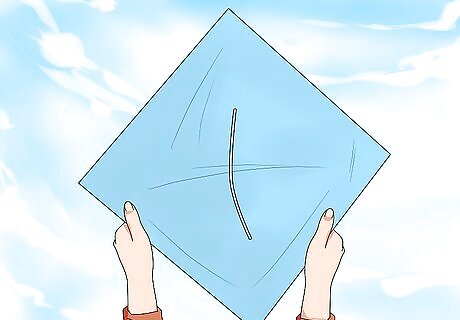
Get a kite-fishing kite. A kite-fishing kite is a square kite designed specifically for kite fishing. You’ll fly the kite in the air with your bait lines attached. When you’re just starting out, look for a kite made for wind speeds ranging between 6-15 mph.
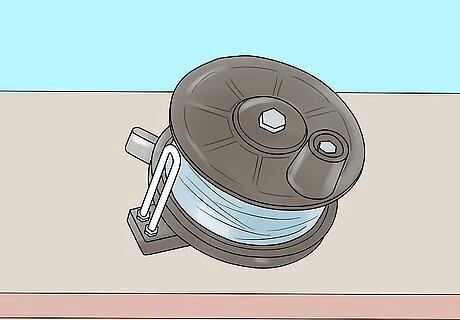
Buy a kite reel to hold the line your kite is tethered to. Look for a high-speed revolving spool reel for the best results. Choose a kite reel that’s about 3 feet (0.91 m) long. You’ll want to spool your kite reel with 50–80 pounds (23–36 kg) line, like a Dacron or braided Spectra line.
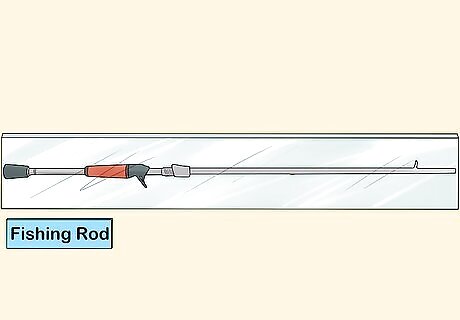
Buy a fishing rod to hold your bait line. The bait line is the line that your bait will be attached to. A regular fishing rod will work, but it may be easier to use an electric rod. Kite fishing involves a lot of reeling, and an electric rod will make reeling in the line easier for you.

Get a kite release clip kit. Release clips are the clips you’ll attach your bait line to your kite line with. Kite release clip kits come with pre-drilled clips, swivels, and snaps all in one, so you can quickly assemble them when you’re ready to go kite fishing.
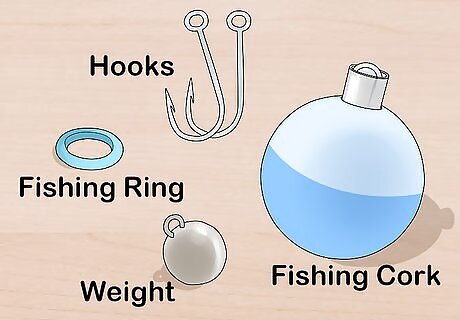
Bring all the supplies for your bait line. You’ll need a metal kite fishing ring, a fishing cork, a weight, and circle hooks. These items will help you attach your bait line to the kite line, monitor your bait when it’s in the water, and hook your catch when it bites.
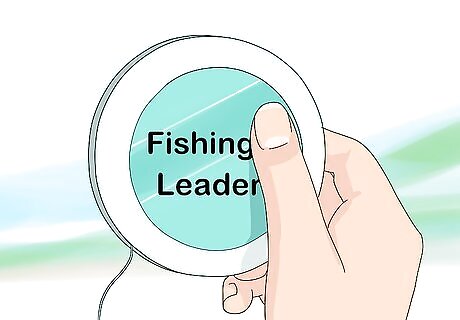
Get light-weight fishing leader. Fishing leader is the thin line that connects regular fishing line to the hook. You’ll need to bring along at least 15 feet (4.6 m) of fishing leader.

Bring a rod holder for each of your fishing reels. You’ll need a holder for your kite reel, and one holder for each of the fishing rods you’re using. It’s best to keep your rod holders close to each other, so if you’re going to be fishing with more than one fishing rod, look for a holder with multiple compartments in one.

Use live fish as bait. Kite fishing works best with live bait. Live bait is kept near the surface of the water by the kite, where it struggles and attracts large, hungry fish. That's what makes kite fishing so effective — fish are more likely to bite if the bait is up at the surface of the water. Use small fish for your bait, like shad or sunfish.
Rigging Your Kite
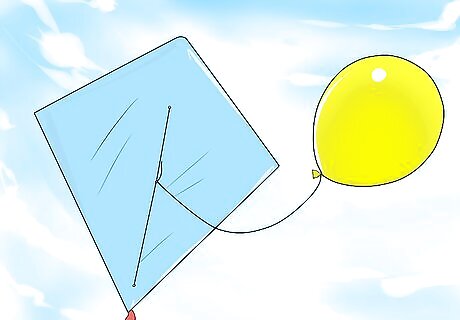
Tie a small balloon to your kite. That way if your kite line breaks, your kite won’t sink down into the water. Any kind of medium-sized balloon will work. Use a small piece of wiring to secure the tied knot at the end of the balloon to one of the bars on your kite before you go out fishing. Don't inflate the balloon too much or it could pop.
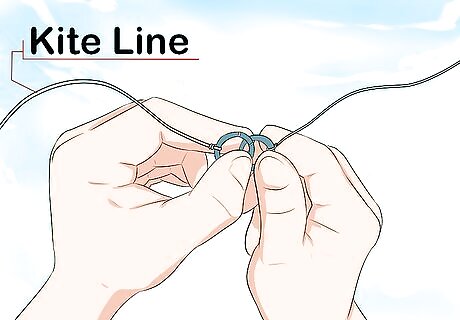
Connect your kite to the kite line. The kite line is the line coming off your kite rod. To connect your kite to the line, take your kite swivel (the small metal ring at the end of the lines on your kite) and hook it into the ball-bearing swivel at the end of your kite line. You’ll need to unclasp the ball-bearing swivel and then close it again around the swivel on your kite.

Launch your kite so it’s about 75 feet (23 m) from your boat or the shore. Hold the kite by the edge of the boat or shoreline and release the line spooled on your kite reel. When you feel the kite getting pulled away from you by the wind, let go of it. Watch as your kite soars into the air, and stop the line using your kite reel once the kite is about 75 feet (23 m) away. The distance of the kite doesn't need to be exact — you can just estimate. Once your kite is in the air and your kite rod is locked, you don't need to worry about flying it.
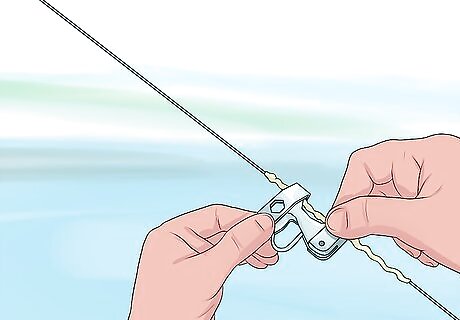
Attach a clip to the base of your kite line. Now that your kite is in the air, you need to attach a clip to the kite line so you can get your bait line clipped in. Follow the instructions that came with your kite release clip kit to get your clip assembled and on the line. You want the clip to be close to the kite rod for now so you can easily clip in your bait line later.
Preparing Your Bait Line
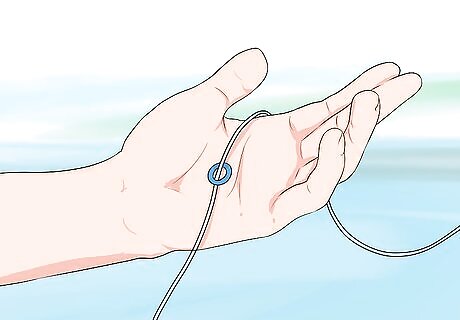
Slide a metal ring onto the end of your bait line. The metal ring is what will hook onto the clip that’s attached to your kite line. Slide the ring on so the bait line goes directly through it. Hold it in place with your hand.
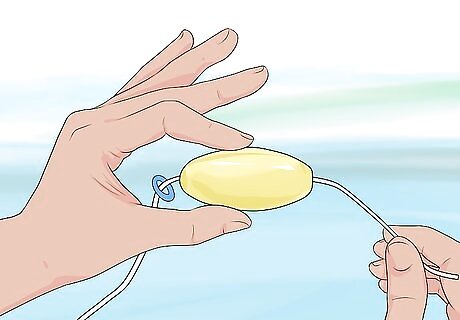
Run the end of the bait line through a fishing cork. A fishing cork is a small, brightly-colored piece of plastic. You’ll use the cork to keep track of where your bait is after you send it out.
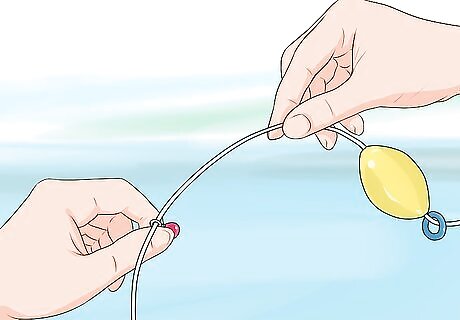
Pass the end of the bait line through a fishing weight. The weight will help keep your bait down in the water. Weights are especially helpful on days when it’s really windy out.
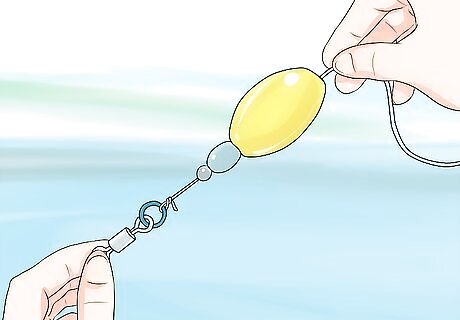
Tie the end of the bait line to the ring on a swivel. The swivel will connect the bait line to the fishing leader you're going to use. Once the bait line is tied off on the swivel, the weight, cork, and metal ring should all be securely on the line.
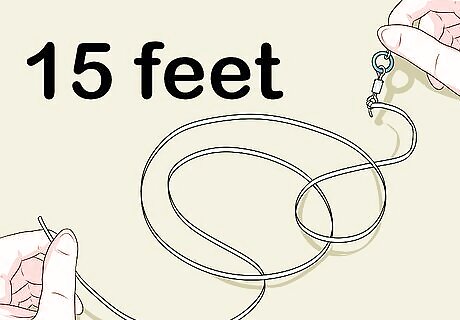
Attach 15 feet (4.6 m) of fishing leader to the clasp on the swivel. The fishing leader will connect your bait line to your fishing hook and bait. To attach the leader, make a small loop at one end and tie a knot to hold it in place. Unclasp the swivel at the end of your bait line and slip the loop onto it. Then, close the swivel clasp. If you don't have a tape measure to measure 15 feet (4.6 m) of fishing leader, you can just estimate the length.
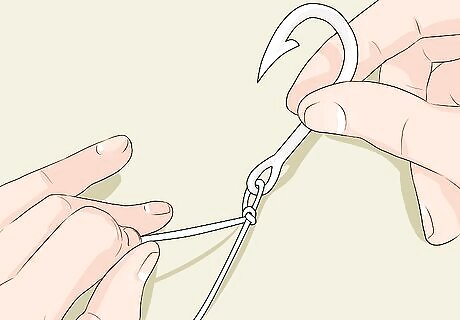
Tie the free end of the fishing leader to a circle fishing hook. The fishing hook should have a small ring at the end for you to tie the leader to. Tie several knots so you know the hook is secure.
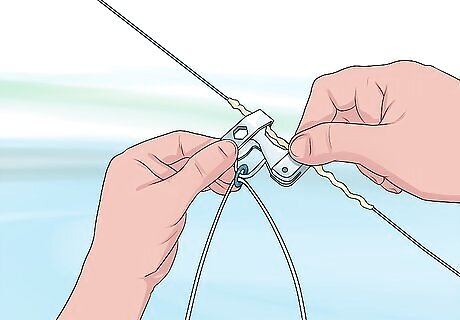
Attach the metal ring on the bait line to the clip on the kite line. Release the clip so the metal piece is hanging down. Then, slide the ring on the bait line over the metal piece and clip the piece back in so the clip is closed. Your bait line should now be securely attached to your kite line. When a fish bites your bait, it will pull on the bait line, which will release from the clip.
Putting Bait on Your Line
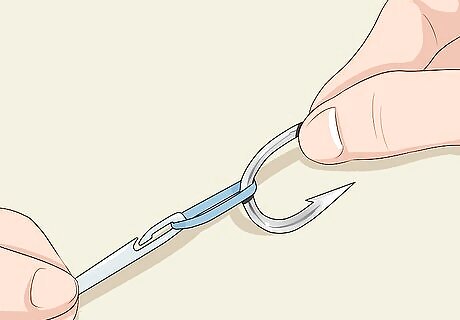
Attach a rubber band and circle hook to the end of an open-eye needle. First, hook the rubber band onto the open end of the needle so it’s securely in place. Then, hang the circle hook on the rubber band. The hook doesn't need to be secure at this point.
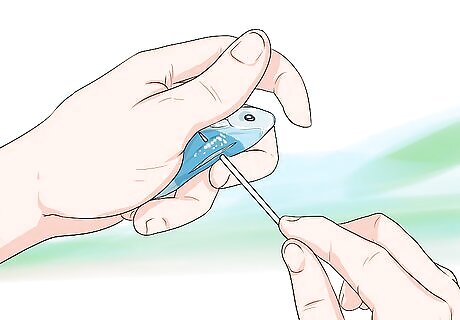
Insert the needle through the back of your live bait. Grab some live bait and hold it in one hand. Then, use your other hand to press the needle through one side of the bait’s back and out the other side.
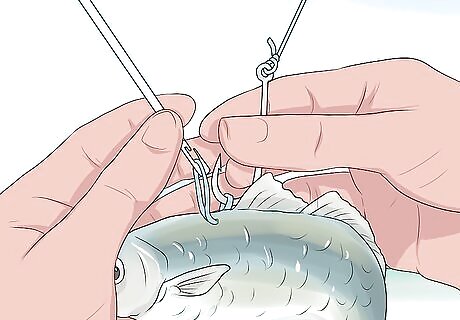
Pull the needle and rubber band through the bait’s back. Stop pulling once the circle hook is pressed against the side of the bait. You don’t want to pull the circle hook through the bait.
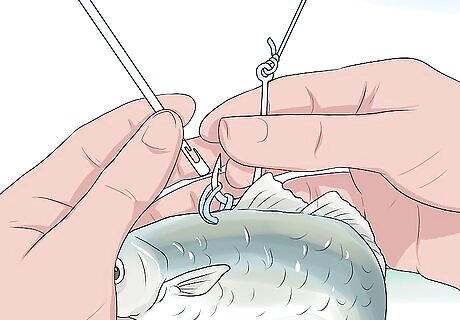
Loop the rubber band around the hook and remove the needle. The rubber band should now be looped through the bait’s body. Once you loop it on the needle, it will hold the needle in place against the side of the bait.

Twist the hook a few times with your fingers. Then, take the pointed end of the hook and pass it through the back of the rubber band to the front. The bait should now be secure on the hook.
Fishing with Your Kite
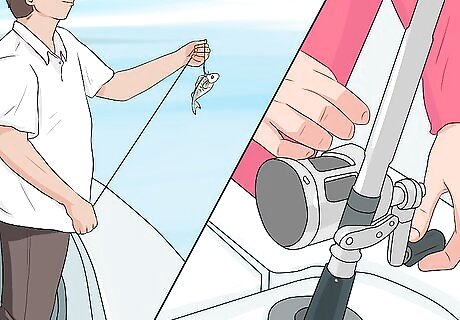
Toss your bait in the water and release your bait and kite lines. When you release them, you’ll see the clip your bait line is attached to move further into the air as the kite gets pulled out by the wind. As this happens, your bait will also be pulled out further into the water.

Stop your lines when the bait is 100–175 feet (30–53 m) out. The distance doesn't need to be exact. Once the bait is far enough out, lock both your bait and kite lines so they’re no longer free spooling.
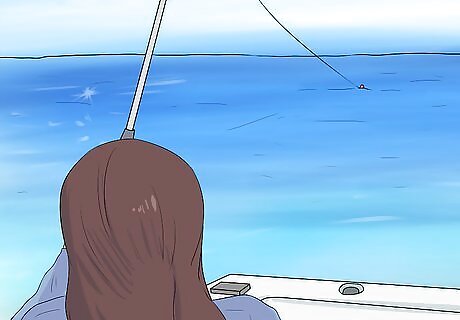
Watch your bait line carefully while you wait for something to bite. If you’re having trouble locating your bait line, look for the brightly-colored cork you put on it earlier — your bait will be located directly underneath it. Your bait will be struggling near the surface of the water, which will attract larger fish. You want to watch closely so you see when something takes the bait. If the cork sinks to below 10 feet (3.0 m) above the water, reel in your bait line until there’s about 10 feet (3.0 m) between the cork and the surface of the water. This will ensure your bait is close to the water’s surface, which will attract more fish.
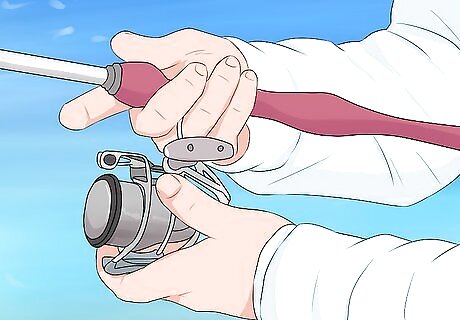
Put your rod in free spool when you see something bite. If you see the cork on the bait line dropping rapidly or you notice the bait line getting pulled taut, it could be a sign that a fish grabbed your bait. You may also see the fish jump out of the water as it grabs the bait. If you get a bite, grab your rod and put it in free spool so the bait line starts going out.

Reel in your bait line to hook the fish. Once you’re certain a fish has taken the bait, start reeling in the bait line rapidly to hook the fish and pull it toward the boat or shoreline. Your bait line should release from the clip that was attaching it to the kite line.
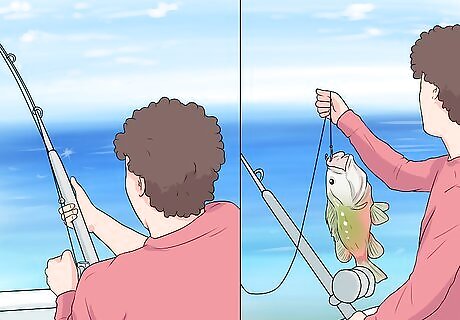
Keep reeling in the bait line until you can drag the fish onto the boat or shore. Stop every few seconds and pull back on your rod to help pull the fish toward you. Depending on the size of the fish, you may experience a lot of resistance as you’re trying to reel it in. Once the fish is close enough to your boat or the shoreline, grab the line and pull it on board.

Re-hook your bait line to your kite line when you’re ready to try again. Reel in your kite line until you can reach the clip. Hook the metal ring on your bait line back into the clip so the 2 lines are attached. Thread more live bait onto a circle hook, recast your lines, and you’re ready to go!
















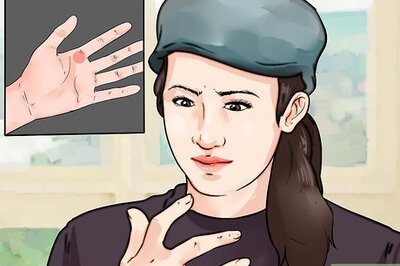



Comments
0 comment